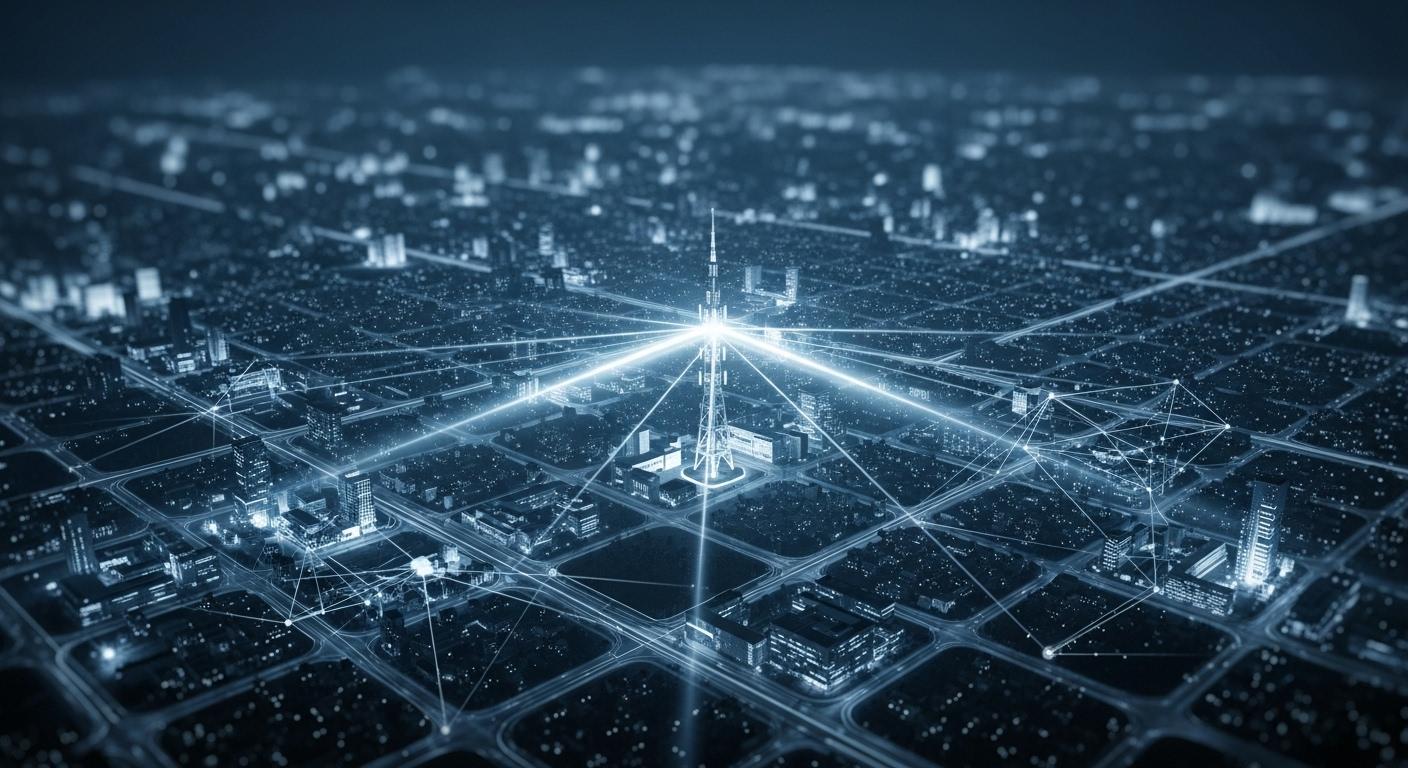Intergenerational Coworking: Bridging Age Gaps in Modern Workplaces
The fusion of diverse age groups in shared workspaces is redefining professional dynamics. Intergenerational coworking, a burgeoning trend, brings together employees from various life stages, fostering innovation and knowledge exchange. This phenomenon is reshaping organizational cultures and challenging traditional hierarchies. Read below to explore how this trend is transforming the modern workplace and its implications for society at large.

The concept gained traction in the early 2010s, coinciding with the influx of millennials into the workforce. As startups and tech companies embraced open floor plans and collaborative spaces, they inadvertently created environments where different generations could interact more freely. This natural mixing of age groups in innovative sectors began to showcase the benefits of diverse perspectives in problem-solving and creativity.
The Sociological Impact of Age-Diverse Workspaces
The sociological implications of intergenerational coworking are profound and multifaceted. At its core, this trend challenges ageist stereotypes and promotes mutual understanding between generations. Research has shown that exposure to diverse age groups in professional settings can reduce age-based prejudices and improve intergenerational communication.
Moreover, intergenerational coworking spaces serve as microcosms of broader societal changes. They reflect the blurring of traditional life stages and the increasing fluidity of career paths. In these environments, a recent graduate might sit beside a semi-retired expert, each bringing unique skills and experiences to the table. This proximity fosters a culture of continuous learning and adaptation, essential in our rapidly evolving global economy.
Benefits and Challenges of Mixed-Age Work Environments
The advantages of intergenerational coworking are numerous. Younger workers benefit from the wisdom and industry knowledge of their older colleagues, while seasoned professionals gain insights into emerging technologies and trends from their younger counterparts. This symbiotic relationship can lead to increased innovation and problem-solving capabilities within organizations.
Studies have shown that age-diverse teams often outperform homogeneous groups in complex decision-making tasks. The combination of youthful creativity and mature judgment can result in more balanced and effective solutions. Additionally, intergenerational workspaces can help address the skills gap many industries face, as knowledge transfer occurs organically through daily interactions.
However, challenges do exist. Generational differences in communication styles, work ethics, and technological proficiency can lead to misunderstandings or conflicts. Organizations must actively manage these potential friction points through targeted training programs and team-building exercises to ensure harmonious collaboration.
Designing Spaces for Intergenerational Synergy
The physical design of coworking spaces plays a crucial role in facilitating intergenerational interaction. Modern workspace designers are increasingly incorporating elements that cater to diverse age groups and work styles. This might include quiet zones for focused work, collaborative areas for group projects, and social spaces that encourage informal interactions.
Ergonomic considerations are also paramount, as different age groups may have varying physical needs. Adjustable furniture, proper lighting, and accessibility features ensure that all workers can comfortably use the space. Some innovative coworking spaces are even incorporating multigenerational design principles borrowed from urban planning, creating environments that mimic the diversity of thriving communities.
The Future of Work: Intergenerational Collaboration as the Norm
As we look to the future, intergenerational coworking is poised to become increasingly prevalent. The COVID-19 pandemic has accelerated trends towards remote and hybrid work models, which, when implemented thoughtfully, can further support age diversity in virtual and physical workspaces.
Experts predict that successful organizations will be those that can effectively harness the strengths of multiple generations. This will require a shift in management practices, moving away from age-based hierarchies towards more fluid, merit-based structures. Leadership development programs will need to emphasize cross-generational mentoring and reverse mentoring initiatives to build a truly collaborative workforce.
The societal implications of this trend extend beyond the workplace. As intergenerational coworking becomes more common, it has the potential to influence broader social dynamics, potentially reducing age segregation in other areas of life and fostering a more cohesive, age-integrated society.
In conclusion, intergenerational coworking represents a significant shift in how we approach work and professional relationships. By bringing together diverse age groups in shared spaces, we create opportunities for innovation, learning, and social cohesion. As this trend continues to evolve, it promises to reshape not only our workplaces but also our understanding of age, expertise, and collaboration in the modern world.





